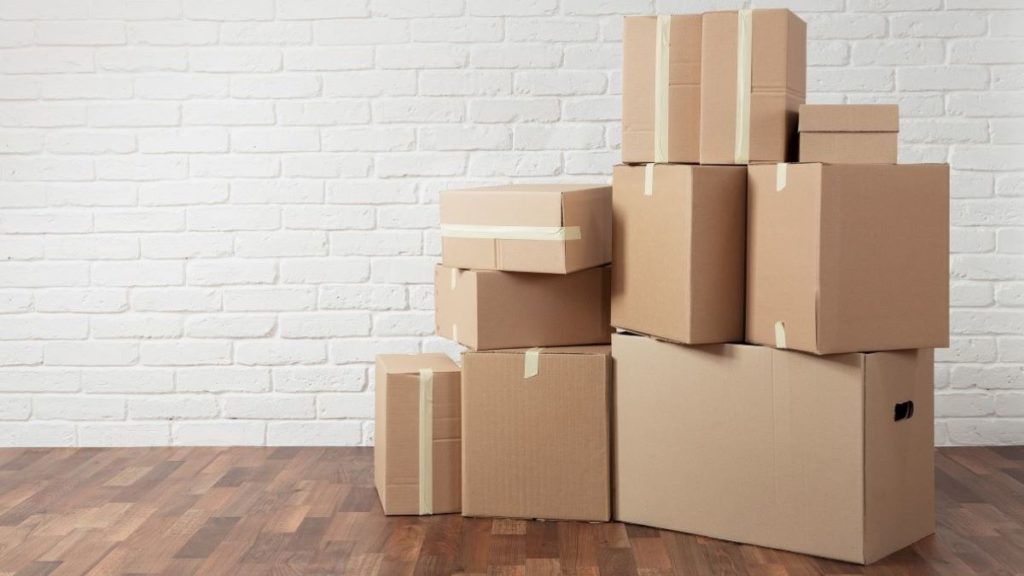Featured image by rangizzz
When you’re a small business, you have to keep operating costs as low as possible. But shipping damage can really eat into your profits. Moreover, it can damage your reputation and cause you to lose repeat business. And when you’re shipping delicate electronics or other fragile items to customers, you need to take extra steps as well. In short, you need to keep shipping damage from damaging your bottom line.
Fortunately, there are more tools than ever at your disposal to help you reduce or eliminate shipping damage. Packing technology has really improved over the past 20 years. Now, there’s technology available to help you gather real-time data about the shocks and impacts your items face in shipping.
With a little preliminary research and the right packaging, you can make sure all of your customers get their orders on time and in one piece. Here’s how.
RELATED ARTICLE: LAUNCHING A STARTUP: PREVENT STUMBLING AT THE FINISH LINE
1. Cushion Contents Appropriately
Using the right cushioning materials to pack your items can make all the difference when it comes to protecting the contents of your packages during shipping. Choose cushioning material based on factors such as the size, weight, shape, and fragility of the items being shipped. Packing paper may be sufficient for shipping items that aren’t very fragile. However, it isn’t the right choice for delicate items because it doesn’t absorb shocks very well.
Some items require more protection to avoid damage during shipping. For these, air cushioning, packing foam, or a combination of the two may be the right choice. Bubble wrap and air pillows are two great options. Foam is lightweight, easy to shape and manipulate. These qualities make foam a good choice if you need multiple layers of protection around or between products.
Remember that you need cushioning between items in a crate or box, as well as between the items and the box or crate itself. If you’re shipping specialty items, like laptops, wine, and live plants, use the appropriate specialty packing guidelines and items.
2. Do Shipping Trials
You can’t know exactly how your packages and their contents will stand up to the pressures of shipping until you have shipped them. Shipping trials allow you to see exactly how your packages and their contents will stand up to the conditions they’ll actually be subject to during shipping.
You don’t necessarily need to use the exact products you’ll be shipping for these trials, but use products with similar properties. Delicate finishes, sharp corners, and fragile components are the most likely to be damaged during shipping.
3. Collect Impact and Vibration Data
While you’re conducting shipping trials, use shipping damage indicators to collect data on the vibrations and impacts your packages are subject to during shipping. Shock records and shipping damage indicators are affordable.
What’s more, many even offer real-time data to help you see exactly when and where packages are subject to the highest degree of potential damage.
Are your packages suffering vibrational stress in transit, perhaps due to rough roads? Are they experiencing sharp impacts during the last mile of delivery, perhaps due to an overworked delivery person handling them roughly? Now you’ll know.
4. Package Items Efficiently but Keep Them Easy to Open
It’s important to package items efficiently so that they’re protected during shipping. Efficiently packed boxes and crates minimize the chances of contents shifting during shipping and sustaining damage as a result.
However, it’s just as important to package your shipments so that they’re easy for customers to open. Why? In struggling to open a difficult package, customers may accidentally damage the contents themselves. But who will get the blame for that damage? That’s right. You will.
5. Avoid Shipping Damage by Planning for Moisture and Humidity
The further your packages have to go to reach their destination, the more environmental changes they’ll experience. That includes changes in humidity and moisture levels.
Therefore, in order to avoid shipping damage due to moisture, prepare your packages to withstand some amount of humidity, snow, and rain. Use plastic bags to protect items such as books, that can’t get wet.
Multiple layers of cushioning will offer some moisture protection for most delicate items. However, you should plan for moisture to penetrate those layers.
Don’t Let Shipping Damage Erode Your Profits
When you’re running a small business, money is always tight. And that’s why you need to take care to keep shipping damage to the absolute minimum. While shipping damage can’t always be avoided, you can substantially reduce it—and grow your profits—with a few simple precautions.
To learn about the latest technologies that can help you run your small business more efficiently, be sure to bookmark our blog and come back often.

